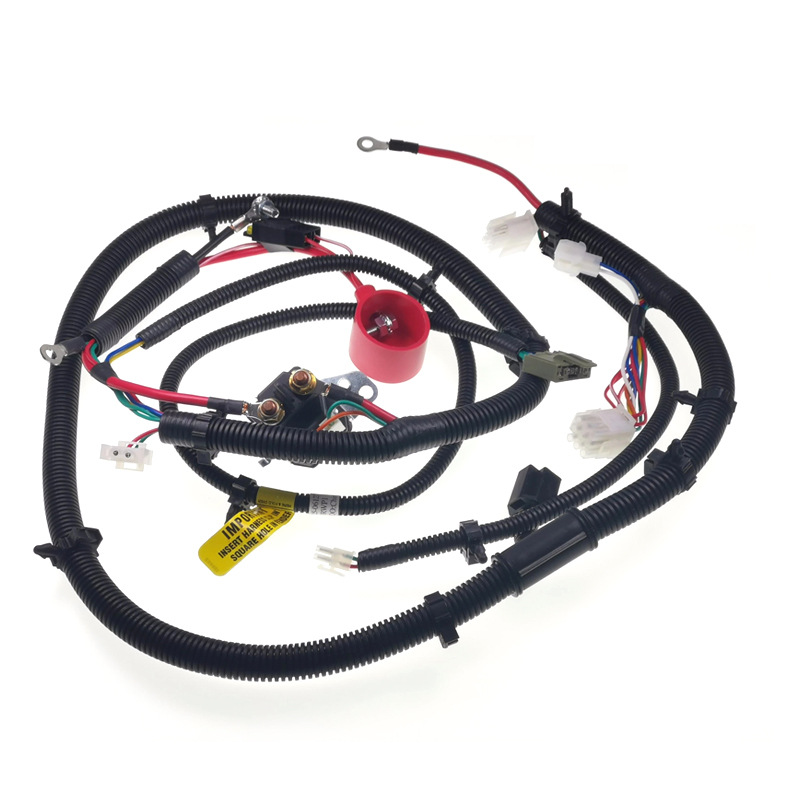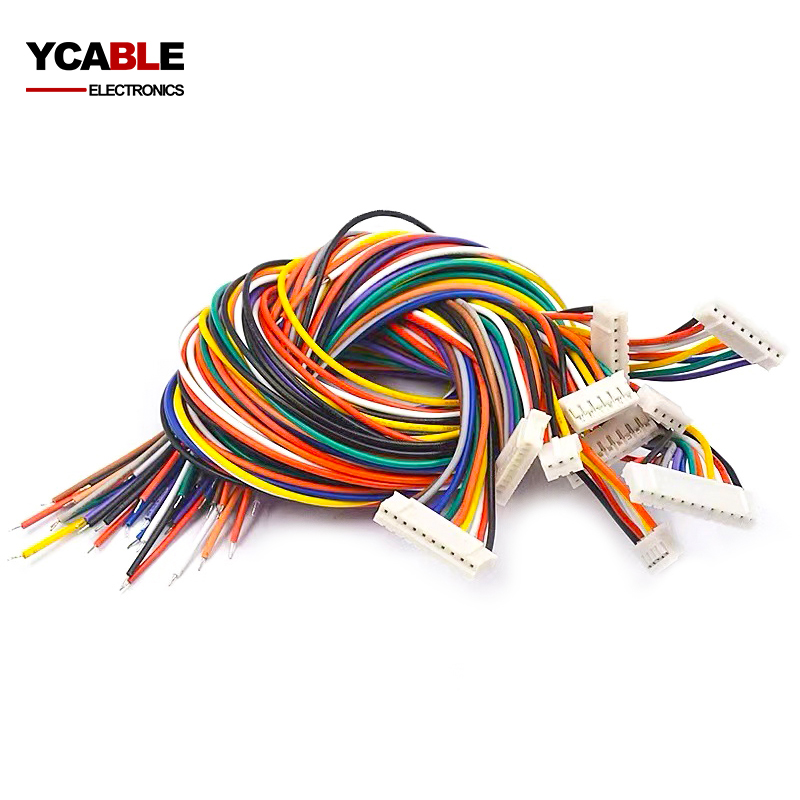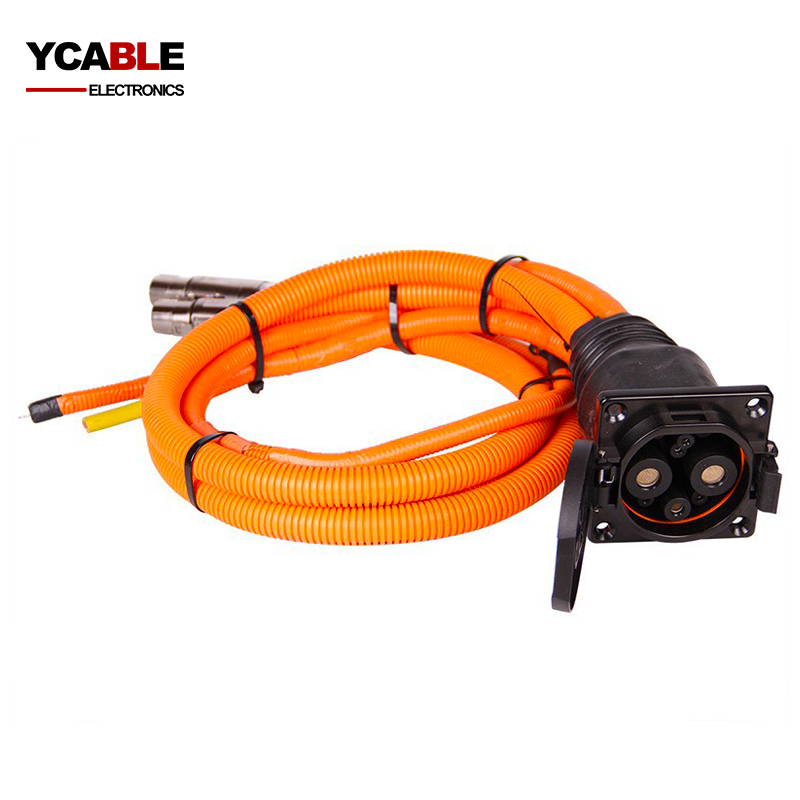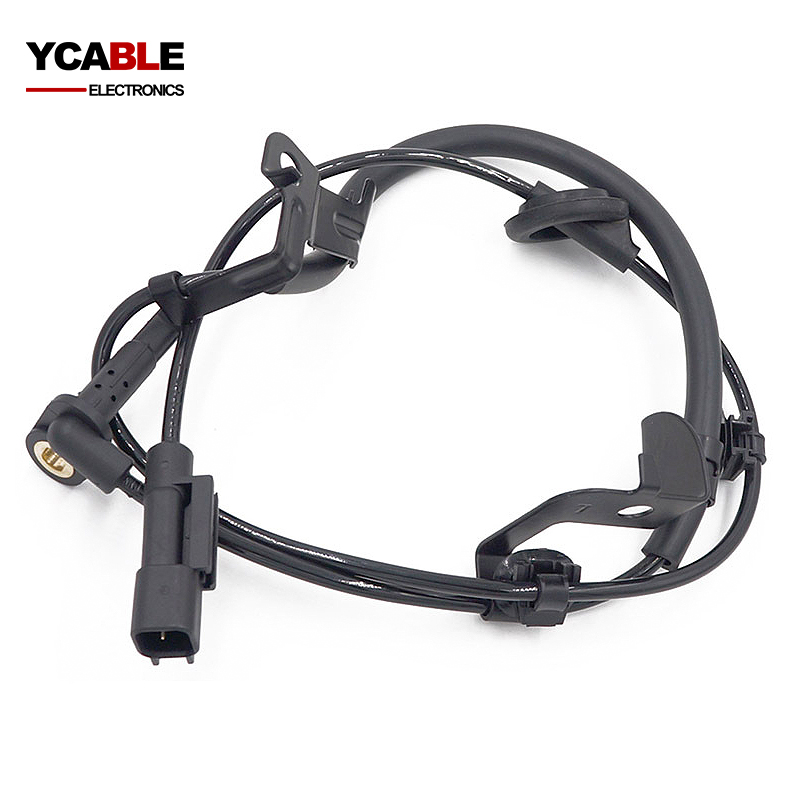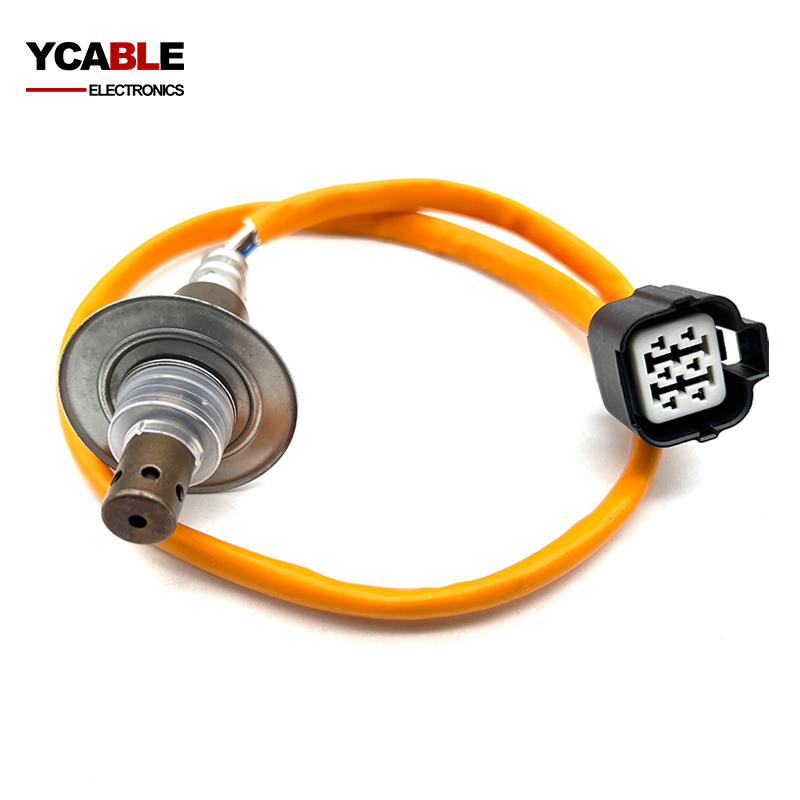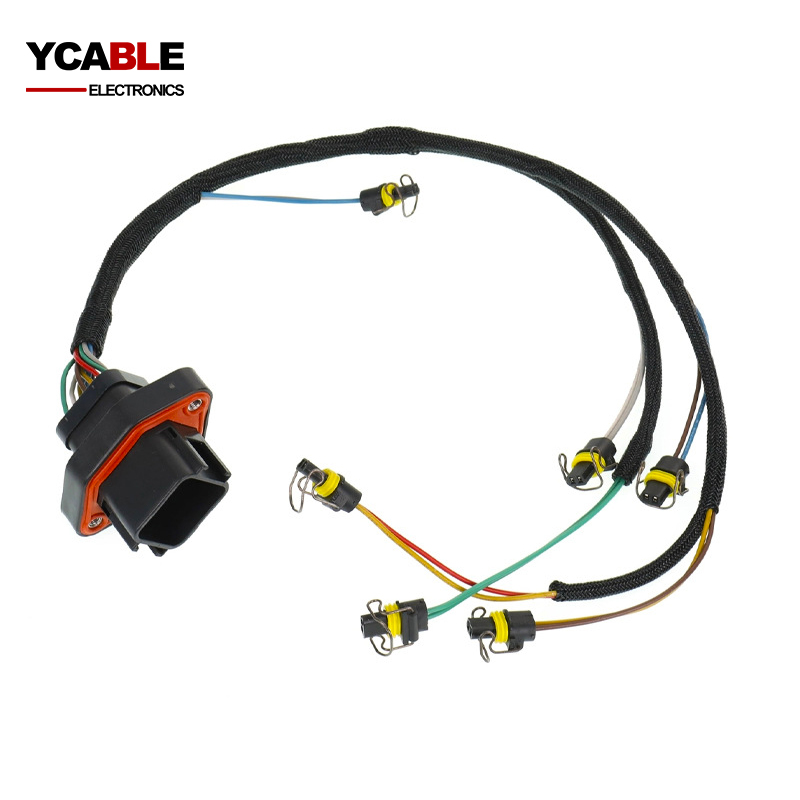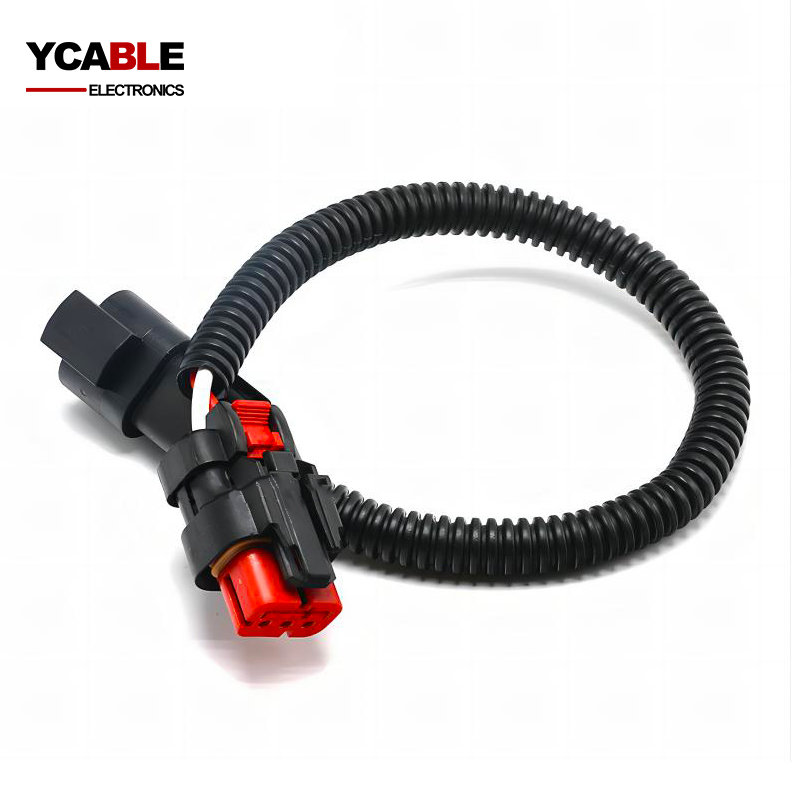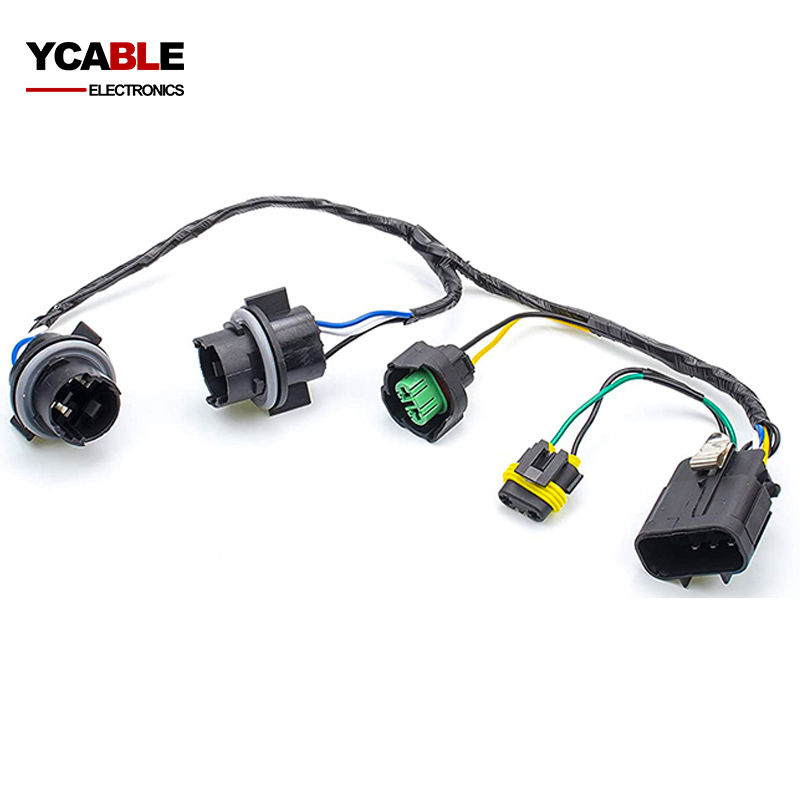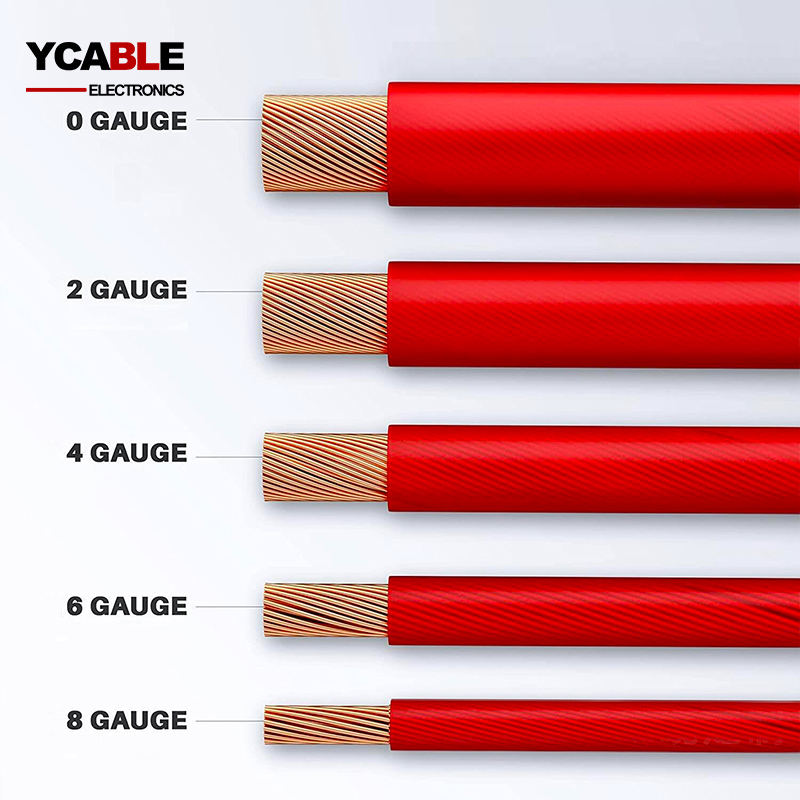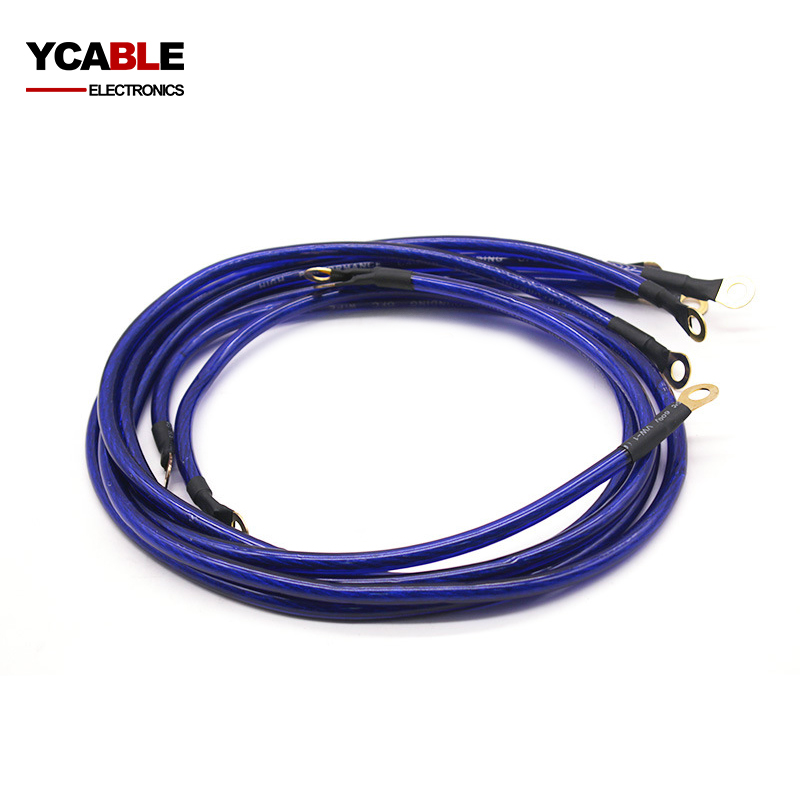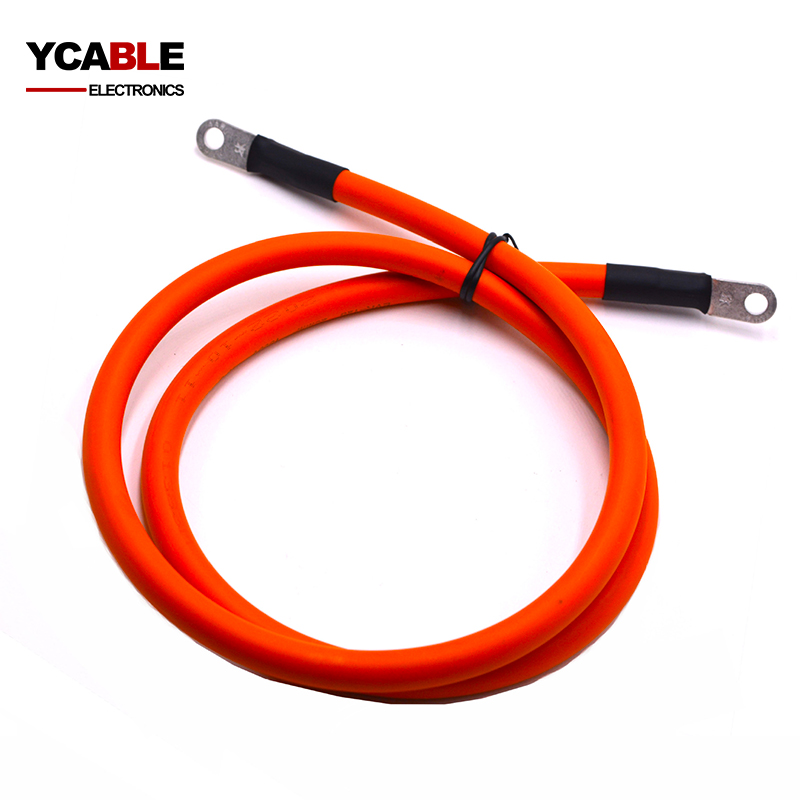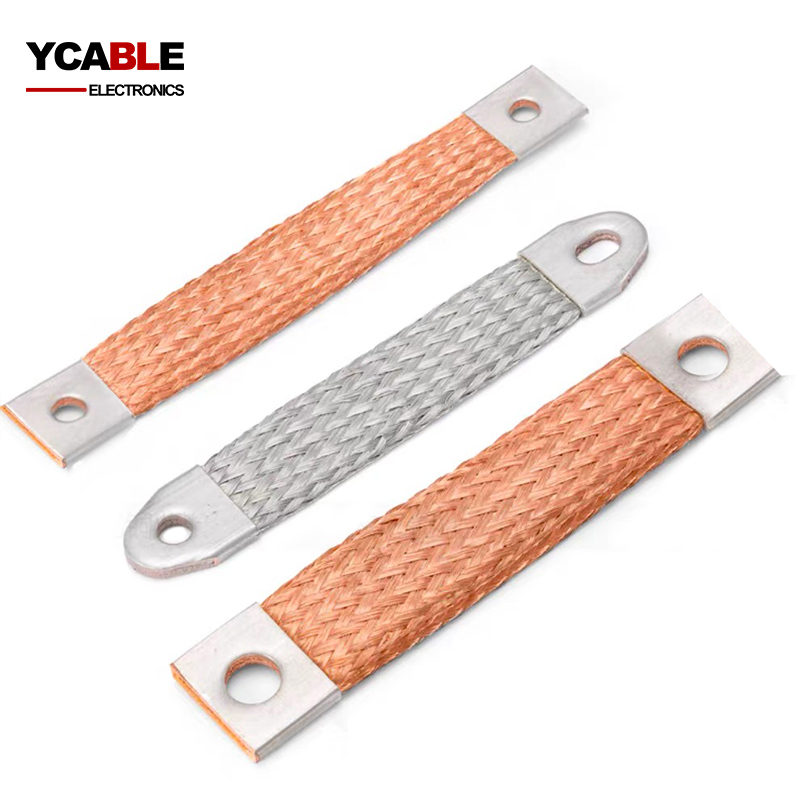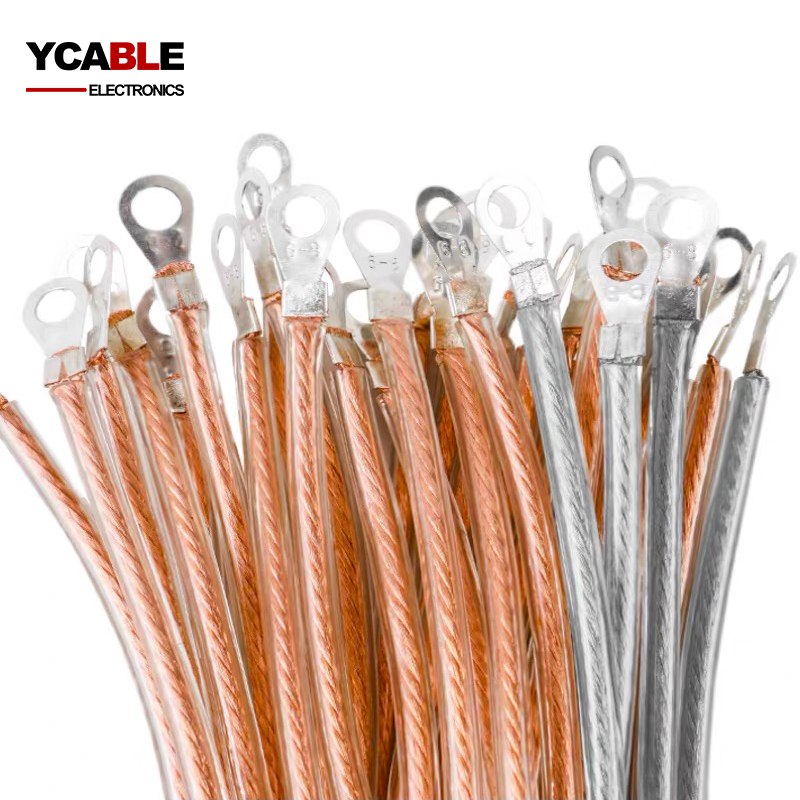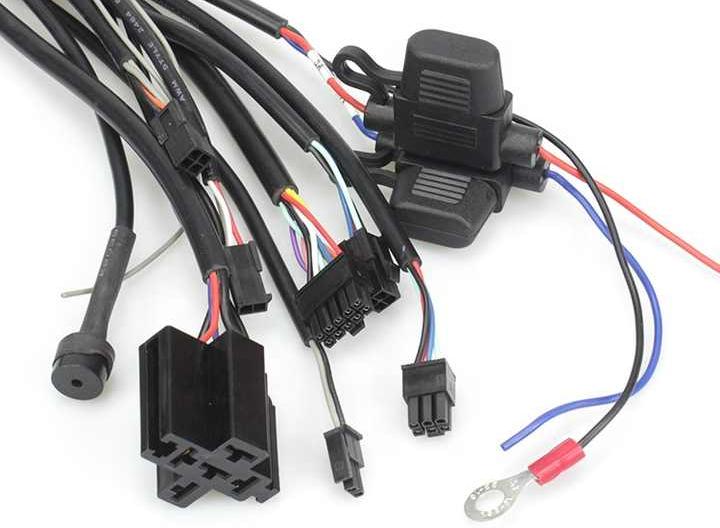Custom Automotive Wire Harness Car wiring Harness Cable Assembly Manufacturers
Car Wiring Harness Terminal Wires For Automotive
Car wiring harness terminal wire, also known as wiring harness assembly, can be arbitrar
Transparent Battery Cable
YCABLE ELECTRONICS stands as your artisanal source for a broad spectrum of battery cable
YCABLE Electronics is a professional manufacturer of car wire harness and automotive cable assembly , with over 100 types of products covering seven major series, including wire harnesses for automotive airbags and seat belt control systems, and high-voltage cable assembly for new energy vehicles. Supply to the top 100 global automotive parts companies and other enterprises. Possess complete design capabilities, process development capabilities, and simulation testing capabilities.
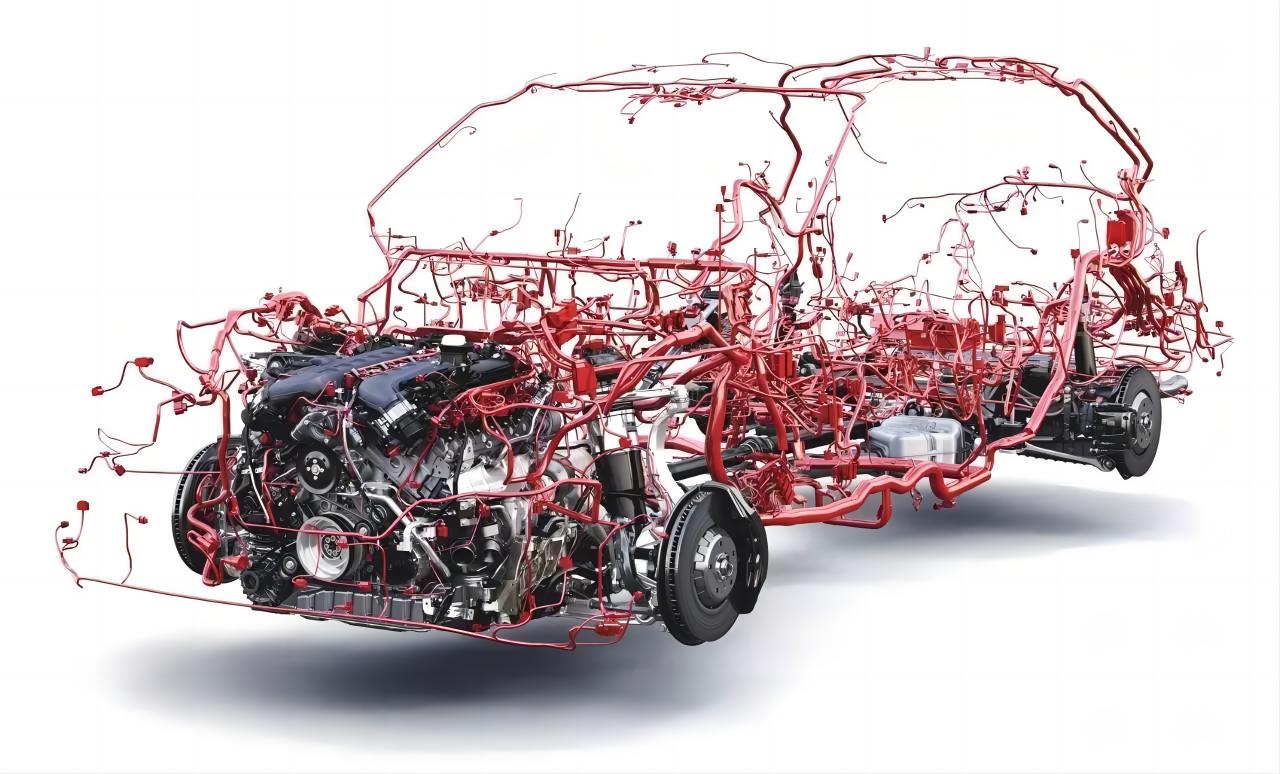
Custom automotive wire harness manufacturers
Focusing on the customized automotive wiring harness market and meeting diverse needs, we provide customers with various customized automotive wiring harness solutions to meet the personalized needs of different customers. We can provide you with professional and efficient services, whether it is a complete vehicle factory, component supplier, modification factory, or repair market. We can customize wires, lengths of wire harnesses, colors, and terminal sizes.
We continuously improve and upgrade our product line to meet various application scenarios of cable assembly. Our product line covers various types of automotive wiring harnesses, including power system wiring harnesses, chassis system wiring harnesses, body electronic system wiring harnesses, safety system wiring harnesses, oxygen sensor wiring harnesses, wheel speed sensor wiring harnesses, brake sensor wiring harnesses, automotive high-voltage wiring harnesses, etc. These products are widely used in fields such as passenger cars, commercial vehicles, and new energy vehicles, meeting the customization needs of various application scenarios.
Strict quality control ensures the production quality of customized car wire harnesses and cable assemblies, optimizes wiring schemes, saves costs, and we strictly follow international quality standards for production, strictly controlling the quality of raw materials before production, and ensuring the quality of finished products and final products during production.
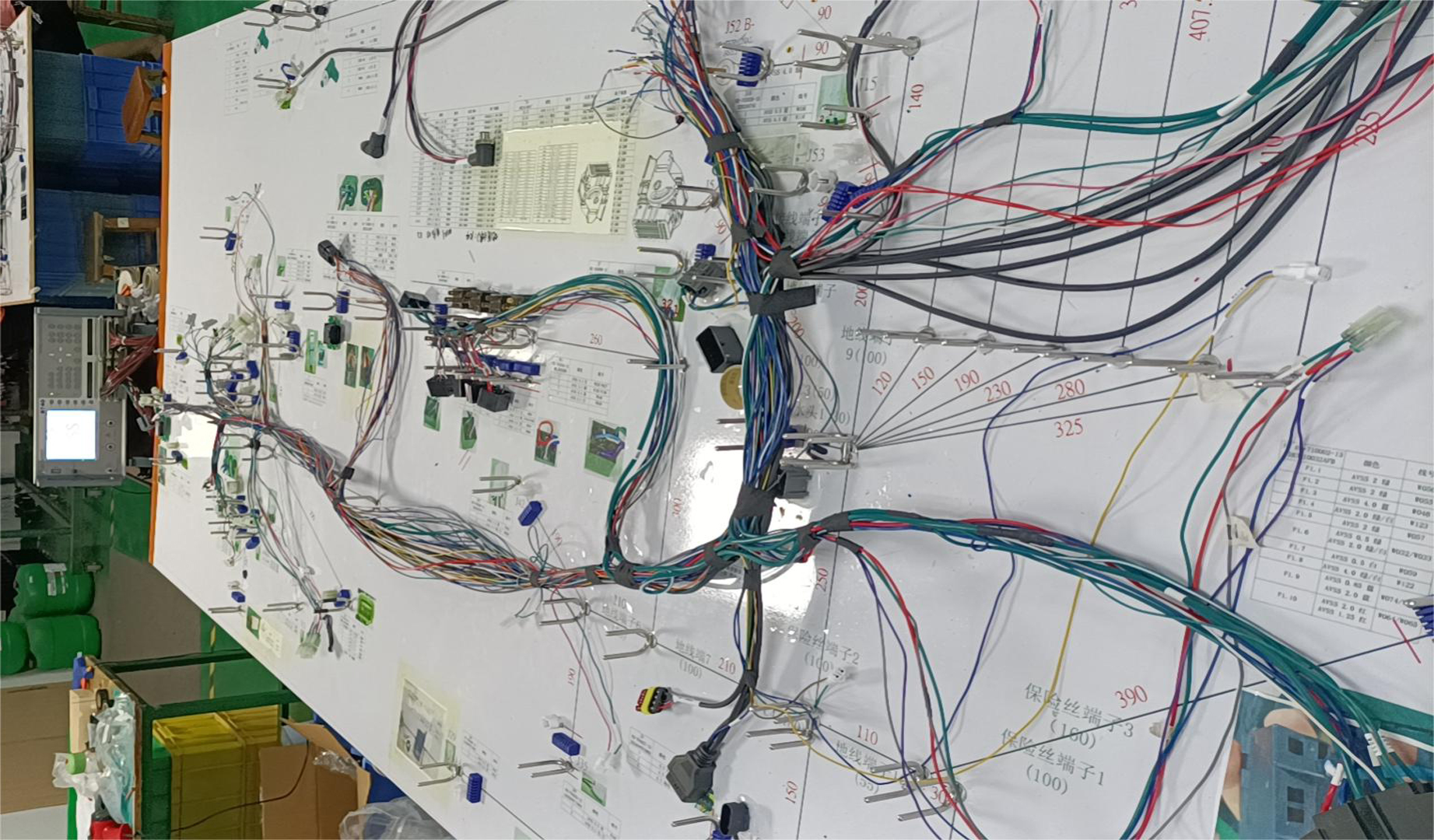
What is automotive wire hardness?
Car wiring harnesses are the wiring harnesses used in cars, which need to be in line with the usage environment of the car. Under normal use of the car, they can function safely and efficiently for a long time, cooperating with the driver to complete some of the car's operating instructions.
Car wiring harnesses are divided into various types of wiring harnesses based on different electronic components of the car, and the requirements for each component are also different, including the required materials, lengths, and types, The size is also designed, developed, and customized according to needs, Compared to other wiring harnesses, car wiring harnesses are also more complex because the internal space of the car is not large and the requirements for wiring are high. Reasonable wiring can solve many problems and save a lot of costs.
Combining various wires, terminals, connectors, circuit boards, and electronic components together, optimizing their connection methods, sorting, and performance. This is the customized design scheme and service provided by YCABLE Electronics for automotive wiring harnesses, providing you with the best customized automotive wiring harness
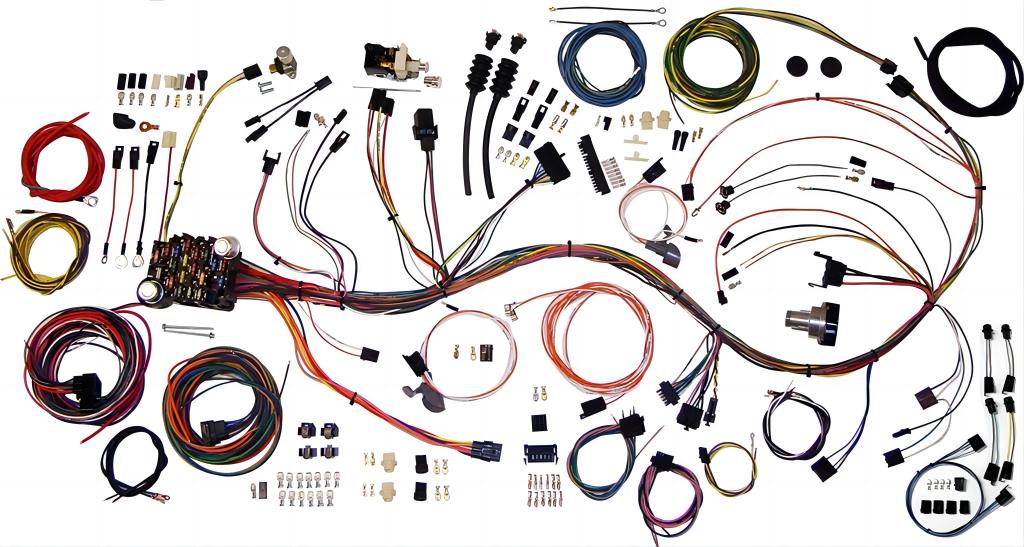
What is the size of the wire used for car wire harness?
The wire size used in the car harness varies according to the vehicle type, Functional requirement and design requirements. Wire size is usually American wire gauge (AWG) or mm2 (mm²) Represent. American wire gauge is a dimensional system that represents the cross-sectional area of wires, while square millimeters represent the actual cross-sectional area of conductors.
In automotive wire harness, the common wire size ranges are as follows:
1. AWG: Usually between 20AWG and 10AWG. Larger wire diameters such as 10AWG, 8AWG, etc. are usually used for high current demands, such as engines, starters, etc. Smaller wire diameters such as 20AWG, 22AWG, etc. are typically used for low current requirements such as signaling, lighting, etc.
2. Square millimeters (mm²): Usually between 0.5mm² To 6mm². Large cross-sectional area such as 4mm ²、 6mm² Usually used for high current demand. Smaller cross-sectional area such as 0.5mm ²、 1mm ² Usually used for low current requirements.
The selection of wire size requires comprehensive consideration of factors such as current load, heat dissipation performance, voltage drop, weight, and cost.
| ITEM | AWG | Conductor | Square mm2 | Temperature | Voltage |
| Automotive Wire | 24AWG | 11/0.14TS | 0.20mm² | 105℃ | 600V |
| 22AWG | 17/0.14TS | 0.30mm² | |||
| 20AWG | 21/0.16TS | 0.50mm² | |||
| 18AWG | 34/0.16TS | 0.75mm² | |||
| 16AWG | 26/0.24TS | 1.18mm² | |||
| 14AWG | 41/0.24TS | 1.85mm² | |||
| 12AWG | 65/0.24TS | 3.00mm² | |||
| 10AWG | 105/0.24TS | 4.75mm² | |||
| 8AWG | 165/0.24TS | 7.46mm² |
What is the classification of automotive wire harness?
Car engine wire harness
Car windshield wiring harness
Car seat wiring harness
Car ABS Wheel Speed Sensor Wiring Harness
Car Fuel Injector Wiring Harness
Car Knock Sensor Wiring Harness
The above are basically divided according to different electrical parts of the car, because the requirements of each component are different, the usage environment is different, the mechanical performance is different, and the electrical performance is different, so specific wiring harnesses appear. In addition, car wiring harnesses can be divided into low-voltage wiring harnesses and high-voltage wiring harnesses based on voltage, and common wiring harnesses are low-voltage wiring harnesses
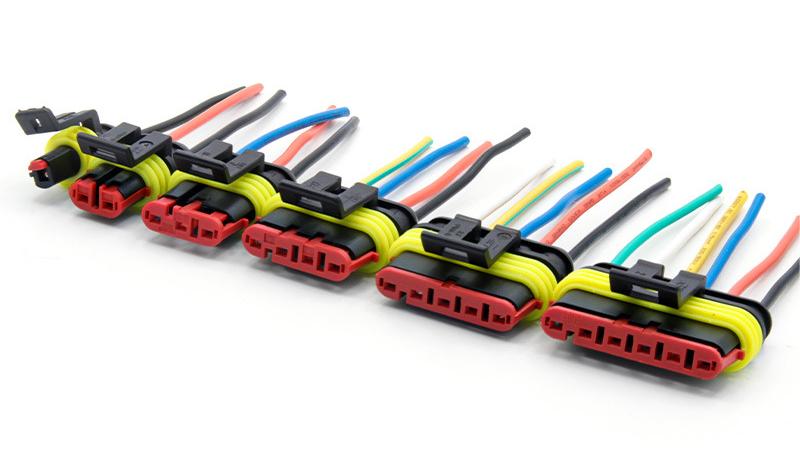
Formation Process of Automotive Wiring Harnesses
The creation of a wiring harness, an integral component in automotive electronics, is a complex yet systematic process. As the electronic demands within vehicles grow, the management of these wiring harnesses, which link various components, becomes increasingly challenging.
Composition and Purpose of a Wire Harness
- A wire harness is an organized system comprising multiple wires or cables, strategically placed within insulating material. This assembly's primary function is to facilitate the transmission of signals or electrical power. The cables are collectively secured using methods like straps, cable ties, cable lacing, sleeves, electrical tape, and conduits.
Streamlined Assembly Process
- Instead of manually handling each wire, the process involves precise cutting of wires to the required length, bundling them together, and attaching them to terminals or connector housings, forming a unified component.
Two-Stage Design and Production
- Initial Software Design: The harness is initially conceptualized using software tools, creating both 2D and 3D layouts, which are then forwarded to manufacturing plants for physical creation.
Detailed Design Steps:
- Electrical System Blueprint: An electrical system engineer outlines the entire electrical system's functionalities, including electrical load and specific requirements. Critical factors include the condition of electrical equipment, installation sites, and the connectivity between the wiring harness and the electrical components.
- Schematic Development: Based on the engineer's specifications, a comprehensive vehicle electrical schematic is formed by incorporating necessary components and interconnecting them. Functions common to various vehicle models are grouped for efficiency.
- Harness Design for Multiple Variants: In addressing diverse customer requirements, the designer incorporates multiple variants into a single harness design, avoiding the time and cost of creating separate designs for each specification.
- 2D Visualization: The process culminates in a 2D diagram, showcasing how different wires are bundled and covered for protection, including the depiction of end connectors.
3D Interaction and Detailing
- The 2D designs interact with 3D tools for importing wire lengths and exporting connection details. These tools then incorporate passive components like straps and conduits, which are relayed back to the harness design tool for finalization.
Manufacturing Sequence
- Post-design, the wire harness undergoes manufacturing, starting from wire cutting, moving through pre-assembly, and culminating in the final assembly stage. This process, adhered to by automotive wire harness manufacturers and custom wire harness automotive specialists, ensures the production of high-quality, functional wiring harnesses for automotive use.
